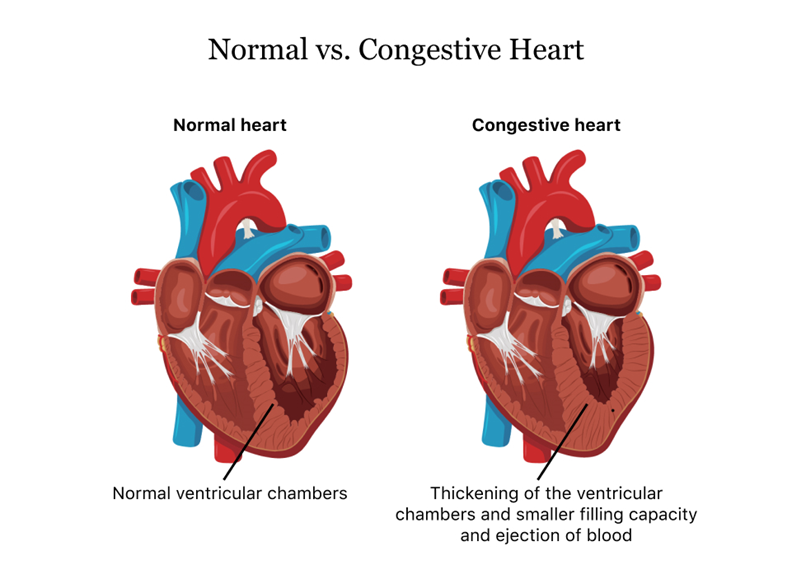A nurse is caring for a client on postoperative day 2 following abdominal surgery. The surgeon prescribes a full liquid diet. Which food choice would be contraindicated for this client?
Apple juice
Smoothie
Mashed potatoes and gravy
Chicken broth
The Correct Answer is C
Choice A reason: Apple juice is an appropriate choice for a full liquid diet. It is a clear liquid that provides hydration and some nutrients without putting strain on the digestive system. Apple juice is easily digestible and does not contain any solid particles that could be problematic for a client recovering from abdominal surgery.
Choice B reason: Smoothies can be included in a full liquid diet as long as they are well-blended and do not contain any solid chunks. Smoothies can provide essential nutrients and calories, which are important for recovery. They can be made with fruits, vegetables, and protein supplements to ensure a balanced intake.
Choice C reason: Mashed potatoes and gravy are not suitable for a full liquid diet. Although mashed potatoes are soft, they are not liquid and can be difficult to digest for someone on a full liquid diet. The gravy may also contain small particles or thickeners that are not appropriate for this diet. A full liquid diet is intended to include only foods that are completely liquid or will turn to liquid at room temperature.
Choice D reason: Chicken broth is an excellent choice for a full liquid diet. It is a clear liquid that provides hydration and some nutrients without adding any solid particles to the diet. Chicken broth is gentle on the digestive system and can help maintain electrolyte balance.
Nursing Test Bank
Naxlex Comprehensive Predictor Exams
Related Questions
Correct Answer is B
Explanation
Choice A Reason:
Cardiac monitoring involves the continuous observation of the heart’s electrical activity, typically using an electrocardiogram (ECG). While cardiac monitoring is essential for detecting arrhythmias and other cardiac events, it does not directly measure fluid retention. Fluid retention in CHF patients can lead to symptoms such as edema and weight gain, which are not directly assessed through cardiac monitoring.
Choice B Reason:
Daily weight measurement is a reliable and practical method for assessing fluid retention in clients with congestive heart failure. Fluid retention leads to an increase in body weight, and monitoring daily weight changes can help detect fluid accumulation early. A sudden weight gain of more than 2-3 pounds in a day or 5 pounds in a week is a significant indicator of fluid retention and worsening heart failure. This method is non-invasive, easy to perform, and provides valuable information for managing CHF.

Choice C Reason:
Blood pressure monitoring is crucial for managing clients with CHF, as hypertension can exacerbate heart failure. However, blood pressure readings alone do not provide a direct measure of fluid retention. While fluid overload can affect blood pressure, it is not a specific or sensitive indicator of fluid status. Blood pressure monitoring should be used in conjunction with other assessment tools to manage CHF effectively.
Choice D Reason:
Urine output measurement is an important parameter for assessing kidney function and fluid balance. In clients with CHF, reduced urine output can indicate worsening heart failure and fluid retention. However, urine output alone may not provide a complete picture of fluid status, especially if the client is on diuretic therapy. Daily weight measurement remains a more direct and reliable method for assessing fluid retention in CHF patients.
Correct Answer is D
Explanation
Choice A Reason:
“Call the provider” is important but not the first priority. The immediate concern is to maintain the client’s intravenous access to ensure they can receive any necessary medications or fluids promptly. Once the line is secured, the provider should be notified to receive further instructions and manage the client’s condition.
Choice B Reason:
“Notify the blood bank” is also crucial but comes after ensuring the client’s immediate safety. The blood bank needs to be informed to investigate the cause of the reaction and prevent further issues, but this step follows the initial emergency interventions.
Choice C Reason:
“Collect a urine specimen” is necessary to check for hemolysis, which can occur during a transfusion reaction. However, this is not the first step. The priority is to stabilize the client by maintaining IV access with normal saline.
Choice D Reason:
“Keep the line open with 0.9% NS through new tubing” is the correct first intervention. This action ensures that the client remains hydrated and that the IV line is available for any emergency medications or treatments. Using new tubing prevents any contamination from the transfusion set.
Whether you are a student looking to ace your exams or a practicing nurse seeking to enhance your expertise , our nursing education contents will empower you with the confidence and competence to make a difference in the lives of patients and become a respected leader in the healthcare field.
Visit Naxlex, invest in your future and unlock endless possibilities with our unparalleled nursing education contents today
Report Wrong Answer on the Current Question
Do you disagree with the answer? If yes, what is your expected answer? Explain.
Kindly be descriptive with the issue you are facing.
